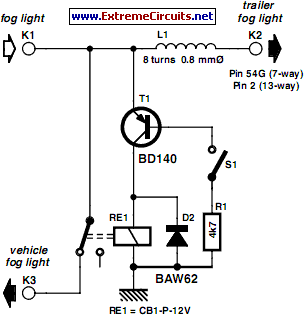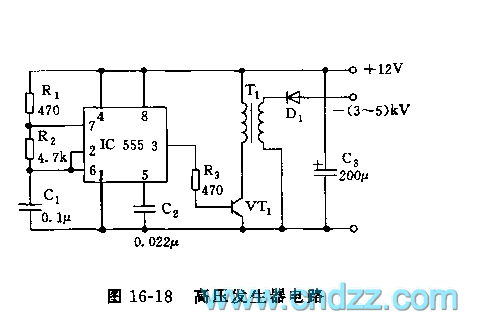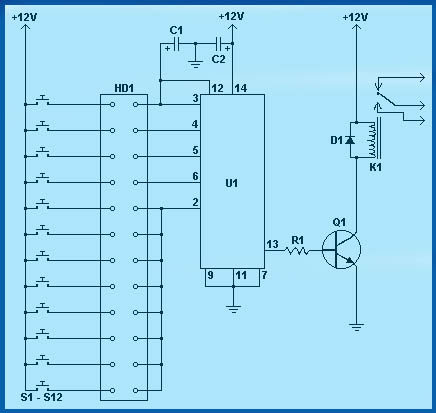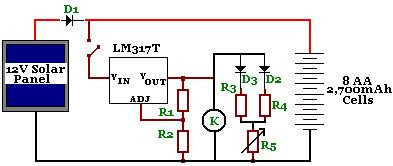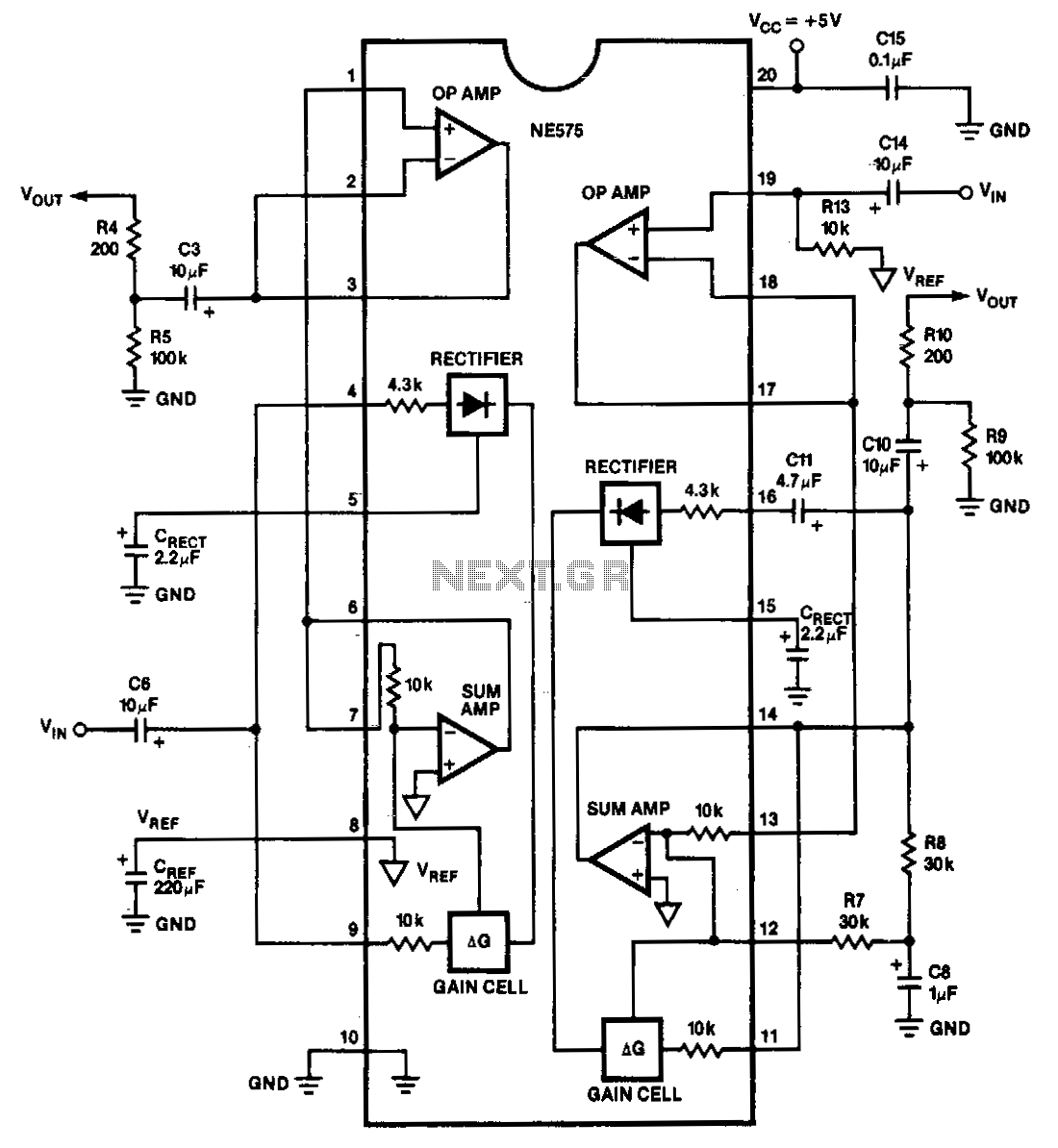
High Voltage Converter Circuit
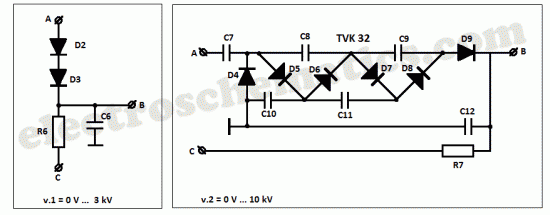
This high voltage converter circuit begins with a 30-volt power supply and is capable of delivering output voltages ranging from 0 to 3 kV for version 1, or from 0 to 10 kV for version 2.
The high voltage converter circuit utilizes a step-up transformer or a charge pump configuration to achieve the desired output voltage levels. The circuit's design typically includes a switching element, such as a MOSFET or IGBT, which rapidly alternates the input voltage to create a high-frequency signal. This signal is then fed into a transformer or capacitor bank that boosts the voltage to the specified levels.
In version 1, the output voltage is regulated to a maximum of 3 kV. This may be accomplished through feedback mechanisms that monitor the output voltage and adjust the switching frequency or duty cycle of the switching element to maintain a stable output. Version 2 extends this capability, allowing for an output voltage of up to 10 kV, which may require additional components such as high-voltage diodes and capacitors designed to handle the increased voltage levels.
Safety precautions are critical in the design of such high voltage circuits. Proper insulation, grounding, and protective components must be implemented to prevent electrical hazards. Additionally, the circuit may include features such as over-voltage protection, current limiting, and thermal management to ensure reliable operation.
The power supply's input stage must be designed to handle the initial 30 volts efficiently, while the output stage must be capable of managing the high voltage safely. The choice of materials and components is essential to ensure the circuit's longevity and performance under high voltage conditions.
Overall, this high voltage converter circuit serves applications that require high voltage outputs, such as in scientific experiments, industrial equipment, or specialized electronic devices.Starting from a 30 volt power supply this high voltage converter circuit can deliver a voltage between 0 to 3 kV (version 1) or from 0 to 10 kV (version 2). 🔗 External reference
The high voltage converter circuit utilizes a step-up transformer or a charge pump configuration to achieve the desired output voltage levels. The circuit's design typically includes a switching element, such as a MOSFET or IGBT, which rapidly alternates the input voltage to create a high-frequency signal. This signal is then fed into a transformer or capacitor bank that boosts the voltage to the specified levels.
In version 1, the output voltage is regulated to a maximum of 3 kV. This may be accomplished through feedback mechanisms that monitor the output voltage and adjust the switching frequency or duty cycle of the switching element to maintain a stable output. Version 2 extends this capability, allowing for an output voltage of up to 10 kV, which may require additional components such as high-voltage diodes and capacitors designed to handle the increased voltage levels.
Safety precautions are critical in the design of such high voltage circuits. Proper insulation, grounding, and protective components must be implemented to prevent electrical hazards. Additionally, the circuit may include features such as over-voltage protection, current limiting, and thermal management to ensure reliable operation.
The power supply's input stage must be designed to handle the initial 30 volts efficiently, while the output stage must be capable of managing the high voltage safely. The choice of materials and components is essential to ensure the circuit's longevity and performance under high voltage conditions.
Overall, this high voltage converter circuit serves applications that require high voltage outputs, such as in scientific experiments, industrial equipment, or specialized electronic devices.Starting from a 30 volt power supply this high voltage converter circuit can deliver a voltage between 0 to 3 kV (version 1) or from 0 to 10 kV (version 2). 🔗 External reference
